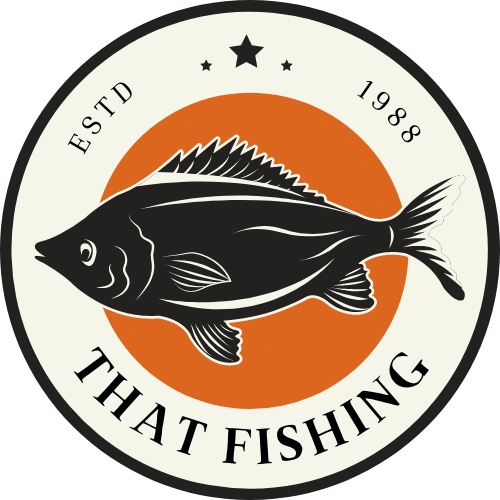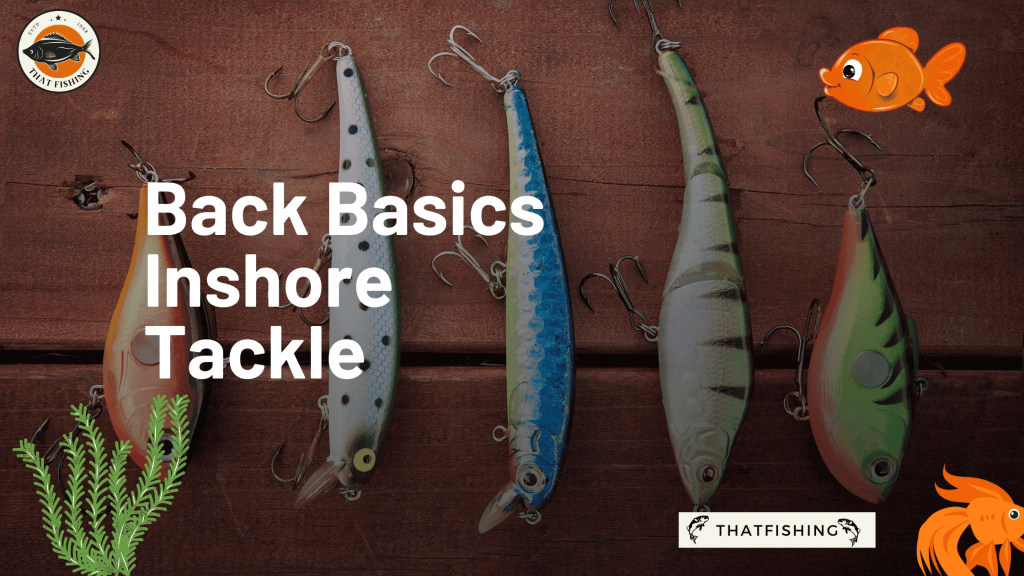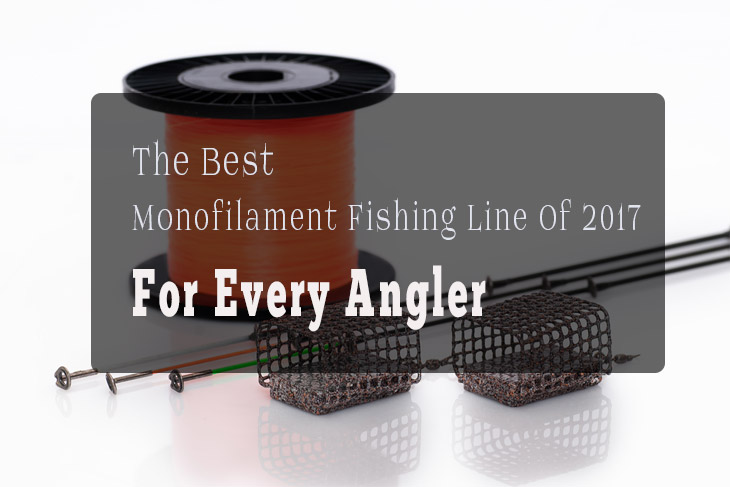Inshore saltwater kayak fishing is one of the most popular means of fishing for a large percentage of the kayaking community.
The ease of access, relatively safe waters, and challenging fishing draw thousands of anglers to chase inshore species every year.
But while planning an inshore kayak fishing trip with a few friends a couple of weeks ago, a buddy asked me, “What should I bring?”
Also, check out the best fishing gear here!
For those inexperienced with inshore fishing, the choice of tackle can be daunting. Aside from the obvious of live/dead bait, a beginner is faced with hundreds of options of artificial hard or soft bait, colors, shapes, sizes, etc.
So I tore apart my tackle box and whittled my plethora of choices down to just a few options that I deem essential for an inshore fishermen’s collection.
Back to Basics: Inshore Tackle
1. Swim/Paddle Tails
2. Weedless Jerk Shad
3. Shrimp Imitations
4. Spinner Baits/Buzz Baits
5. Top waters
6. Popping Corks
1. Swim/Paddle Tails
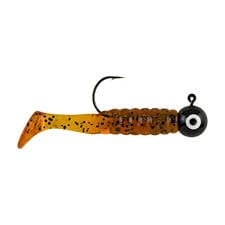
Used in combination with a small jig head, these soft plastics catch just about everything that swims around inshore waters. The rate of “wiggle” that the swim tail has depends solely on how fast the retrieve is.
These are great for bottom bouncing to chase things like flounder and redfish but can also be pulled in quicker and higher in the water column to entice trout and snook. Just remember always to bring extras.
Toothy guys like mangrove snappers have a nasty habit of biting off the swim tail.
2. Weedless Jerk Shad
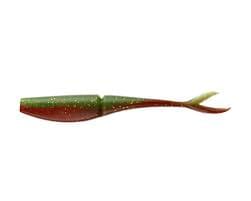
One of the biggest issues with inshore fishing is obstructions. Mangrove roots, oyster bars, docks, weeds, trees, etc.
You name it, you’re probably going to get hung up on it it. And unfortunately, that’s where most of the fish like to hang out, so you’ll find yourself casting near these things constantly.
This is where weedless setups shine. Using wide-gap worm hooks, an angler can easily make use of these weedless setups. Generally speaking, the soft plastic itself is heavy enough to cast, but if you’re trying to reach deeper water or bottom bounce, a simple bullet weight can change how these are used.
Twitch them occasionally for a mid-water column effect or very quickly to simulate something topwater. Set the hook pretty hard with these setups as you need to expose the hook for it to work obviously.
3. Shrimp Imitations
Baits like DOA shrimp and similar are absolutely dynamite when it comes to inshore species. Their design also means that the hook is almost always faced upwards, which limits the amount of snagging that occurs with the bottom.
They are, unfortunately somewhat expensive when compared to other options, but I’ve encountered numerous instances where it’s the only thing fish will hit.
Slow twitching works great, and sometimes all it takes is letting the bait drift down current for a fish to pick it up. It isn’t uncommon at all for fish to hit the shrimp immediately after it hits the water, so don’t be surprised if you reel in the slack to find a fish on end already.
4. Spinner Baits/Buzz Baits
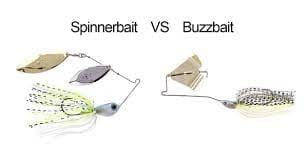
To many, this may seem like an oddball choice. Spinner baits and buzz baits are generally used by a freshwater fishermen after bass. But in case you haven’t heard, redfish absolutely love them.
They’re somewhat difficult to use since they aren’t weedless and require a bit of depth to the water, but since many inshore spots have poor water clarity, the vibrations of the blade attract fish.
High tide and oyster bars are when I break out the spinnerbaits, and I’m rarely disappointed in their results.
5. Top waters
As far as excitement goes, top waters take the grand prize. There are few things in life more exciting than watching your surface plug gets annihilated by a fish from below.
There are several options when it comes to these, but I almost always go with a lure that does the “walk the dog” action. These simulate a wounded baitfish on the surface and have an advantage over subsurface lures in that they rarely get caught on anything.
The simple fact that they float means that they glide right over the top of anything below, meaning they rarely foul. Use this early morning and late evening when it’s rather dark outside.
6. Popping Corks
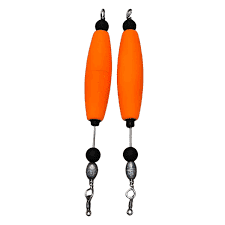
The final piece of tackle I wouldn’t leave home without is the popping cork. Generally used when fishing with live or dead bait, a popping cork rig shouldn’t be overlooked when considering artificial, either.
Previously mentioned baits like swim tails, shrimp imitations, and jerk shad can easily be tied underneath a popping cork and used effectively. The nice thing about these is that the cork actually keeps the lure suspended and off the bottom.
Tie a one to two-foot piece of mono or fluorocarbon underneath the popper and then attach the bait. The quick popping action works the lure below and keeps it suspended.
So if you’re getting into inshore fishing and trying to sort out the tackle box, consider giving these a try. One or the other, or a combination of them, all is bound to work eventually.
Trout, reds, flounder, snook, and more are options for inshore kayak fishermen. With the right amount of patience, equipment, and luck, inshore kayak fishing can be one of the most productive ways to fish. Tight lines!
Related Reads
